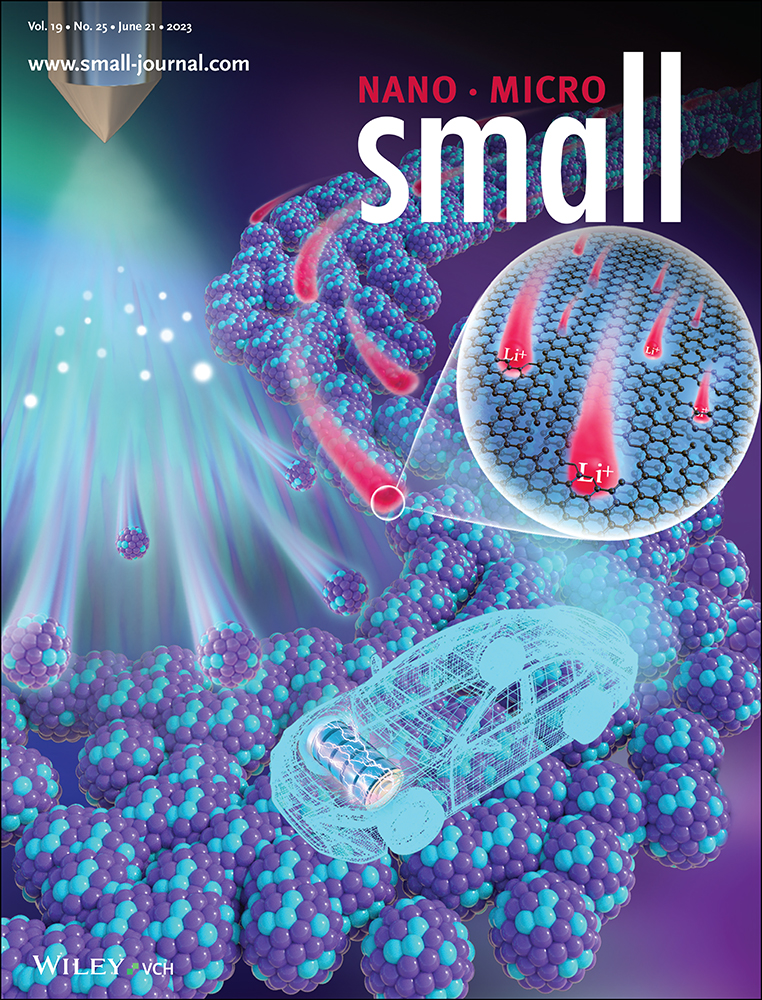A Cascade Enzyme System Integrating Peroxidase Mimic with Catalase for Linear Range Expansion of H2O2 Assay: A Mechanism and Application Study
Abstract
Peroxidase (POD) Nanozyme-based hydrogen peroxide (H2O2) detection is popular, but hardly adapt to high concentration of H2O2 owing to narrow linear range (LR) and low LR maximum. Here, a solution of combining POD and catalase (CAT) is raised to expand the LR of H2O2 assay via decomposing part of H2O2. As a proof of concept, a cascade enzyme system (rGRC) is constructed by integrating ruthenium nanoparticles (RuNPs), CAT and graphene together. The rGRC-based sensor does perform an expanded LR and higher LR maximum for H2O2 detection. Meanwhile, it is confirmed that LR expansion is closely associated with apparent Km of rGRC, which is determined by the relative enzyme activity between CAT and POD both in theory and in experiment. At last, rGRC is successfully used to detect high concentration of H2O2 (up to 10 mm) in contact lens care solution, which performs higher assay accuracy (close to 100% recovery at 10 mm of H2O2) than traditional POD nanozymes. This study brings up a kind of POD/CAT cascade enzyme system and provides a new concept for accurate and facile H2O2 detection. Additionally, it replenishes a new enzyme-substrate model of achieving the same pattern with competitive inhibition in enzyme reactions.
Conflict of Interest
The authors declare no conflict of interest.
Open Research
Data Availability Statement
The data that support the findings of this study are available from the corresponding author upon reasonable request.




